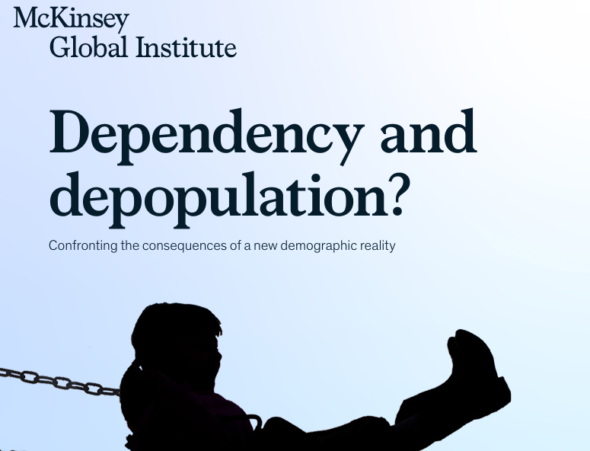
Parents have long been regarded as the primary educators of their children. This is recognised in some of the foundational human rights documents of the post-World War 2 world. But a new UNESCO document now demotes parents to the role of children’s ‘first educators’ and promotes the role of other bodies in the educating and raising of small, pre-school children.
In November, UNESCO (the United Nations Educational, Scientific and Cultural Organisation) published their ‘Draft Guiding Principles on the Right to Early Childhood Care and Education (ECCE)’.
This draft document provides guidance for governments in designing and implementing policies and programs that promote ‘comprehensive early childhood care and education’, which seems to chiefly mean daycare.
The document lumps in parents with “other primary caregivers” as the children’s “first educators.” (Article 44).
It is important to read this new document in light of previous UN documents, particularly with regard to the role of parents and the family in education.
For instance, Article 26 (3) of The Universal Declaration of Human Rights (UDHR) explicitly states: “Parents have a prior right to choose the kind of education that shall be given to their children.”
This gives parents not only the primary responsibility, but also a “prior right”, which means their authority supersedes that of others, including the State, when it comes to making decisions about their children’s education.
The UDHR, proclaimed in 1948, places parental authority and decision-making rights at the forefront, with little mention of the State’s role in the lives of children. This may have been partly a reaction against the State taking too much interest in fascist and communist countries in the education of children.
Similarly, the European Convention on Human Rights says: “the State shall respect the right of parents to ensure such education and teaching in conformity with their own religious and philosophical convictions.” The State is very much the servant of the parents.
The UN Convention on the Rights of the Child (CRC), adopted in 1989, recognises the family’s role as fundamental in a child’s upbringing (Preamble and Articles 5, 18).
The Preamble to the CRC refers to the family as “the fundamental group of society and the natural environment for the growth and well-being of all its members and particularly children”. This is the same wording as in the UDHR (“The family is the natural and fundamental group unit of society”, art. 16). The new UNESCO draft document, however, never refers to the family as natural or fundamental.
Moreover, Article 5 of the CRC clearly affirms that the State respects the rights of parents to guide their children in exercising their own rights.
“States Parties shall respect the responsibilities, rights and duties of parents … to provide, in a manner consistent with the evolving capacities of the child, appropriate direction and guidance in the exercise by the child of the rights recognized in the present Convention.” (Art. 5)
Of course, what does “evolving capacities” mean, and who decides when a child (that is, anyone under 18) has reached a point where, for example, they can read and watch what they want; parents or the State?
Article 18 of the CRC says that the State must support parents in their responsibilities through institutions and services.
The new UNESCO document envisages a bigger role for the State in family life.
For example, in Article 1 of the Preamble we read: “Every young child, from birth to 8 years of age, has the right to early childhood care and education (ECCE) in its different forms, encompassing physical, socio-emotional, cognitive and linguistic development”.
What does it mean by “early childhood care and education”? Commonly, this means daycare. Is UNESCO really saying that small children have a ‘right’ to be in daycare, meaning parents have a duty to put them there? What kind of education will they receive in such places? How much of this will be dictated by the State?
Our own Government certainly wants as many children as possible in daycare.
This UNESCO document is a step in the wrong direction. It needs to restore the view that parents are the primary educators, rather than merely the first educators of children.


